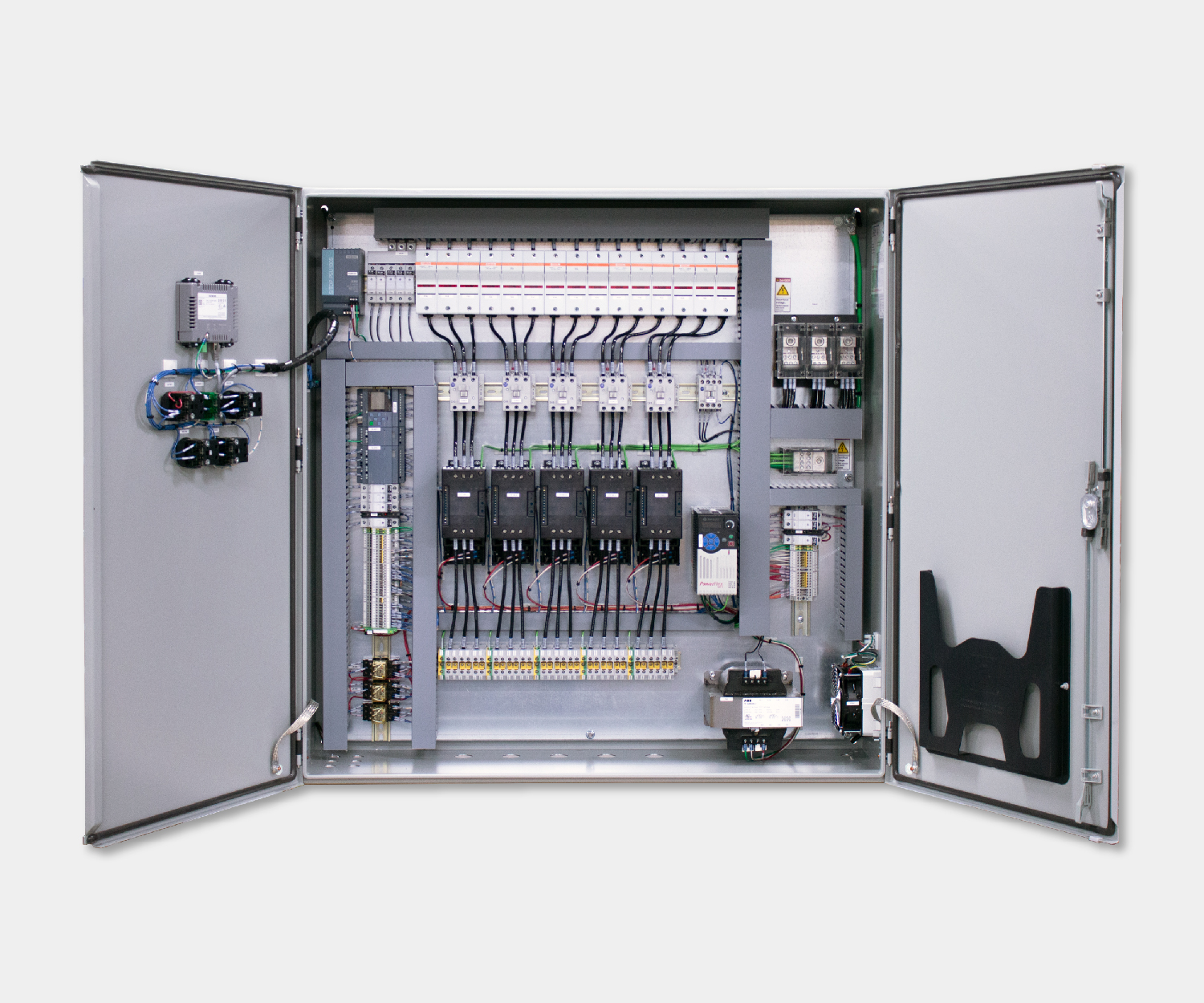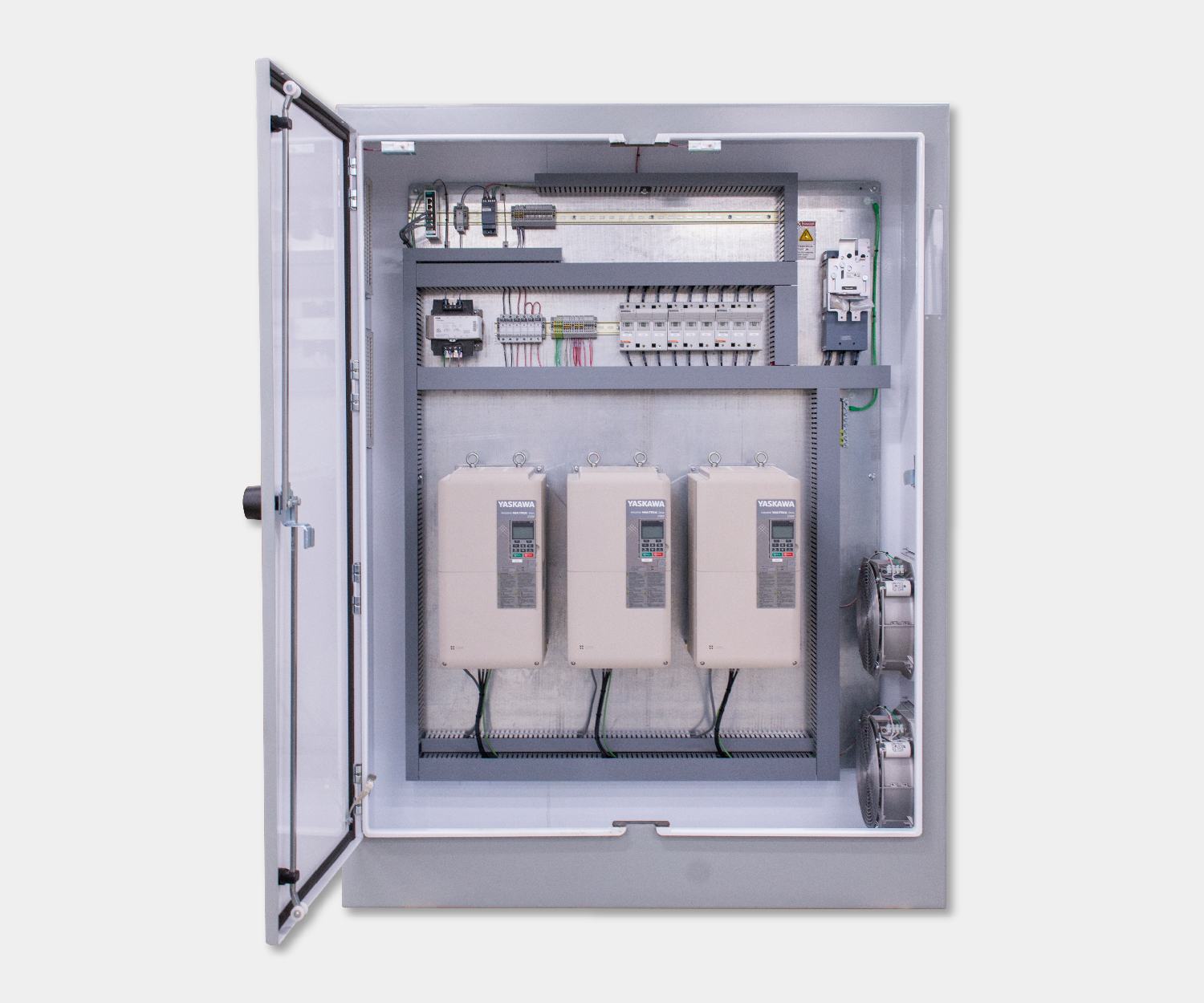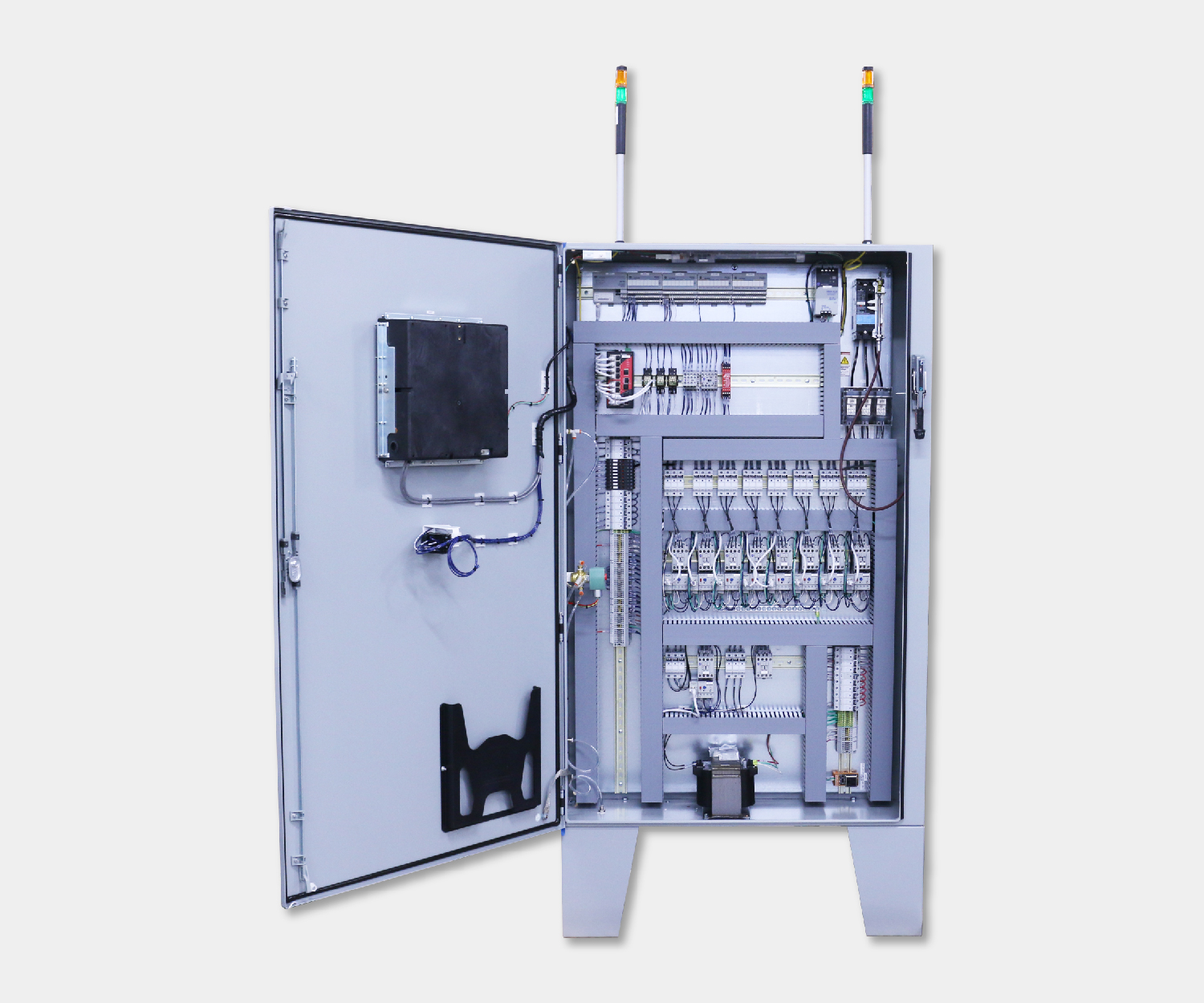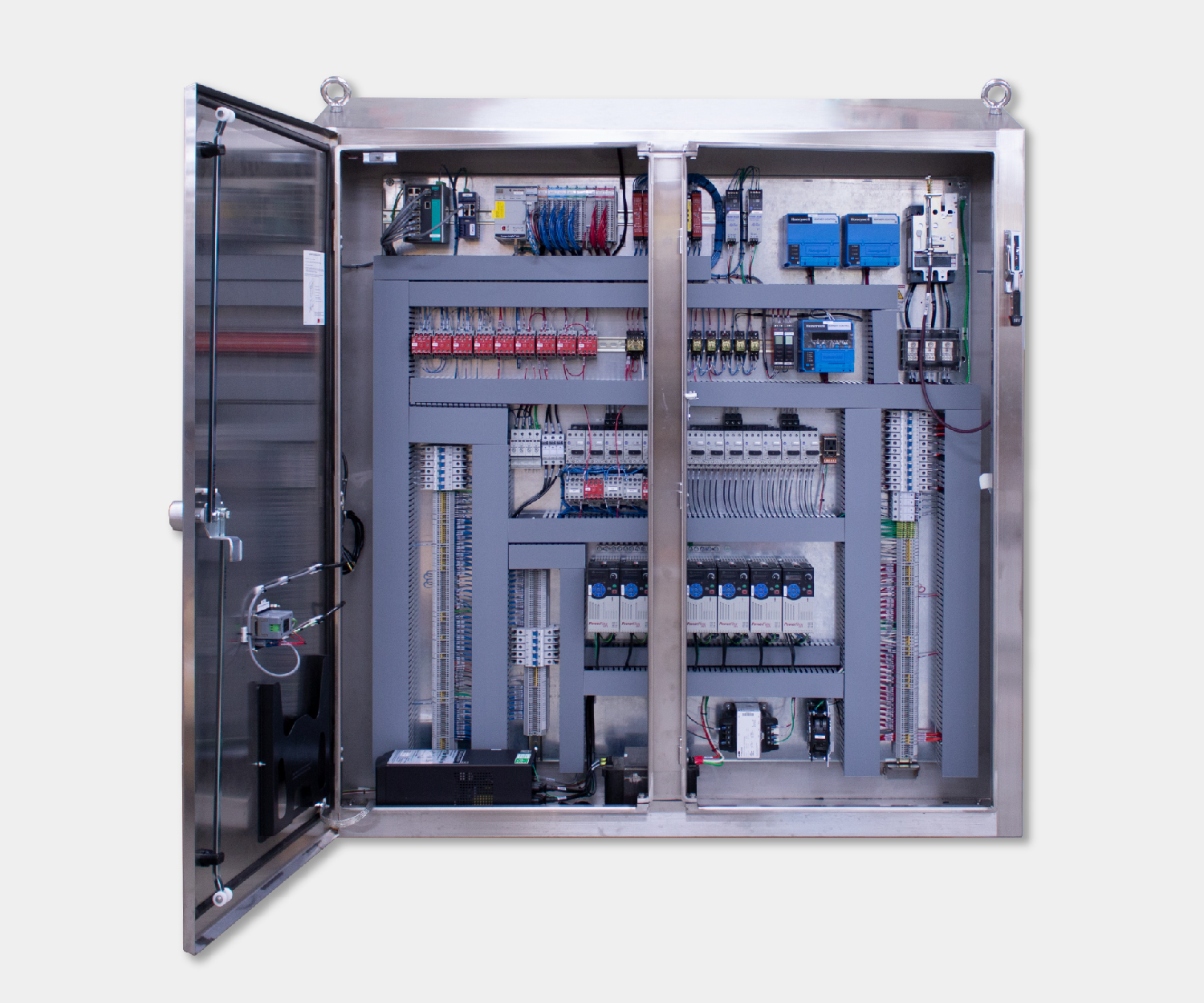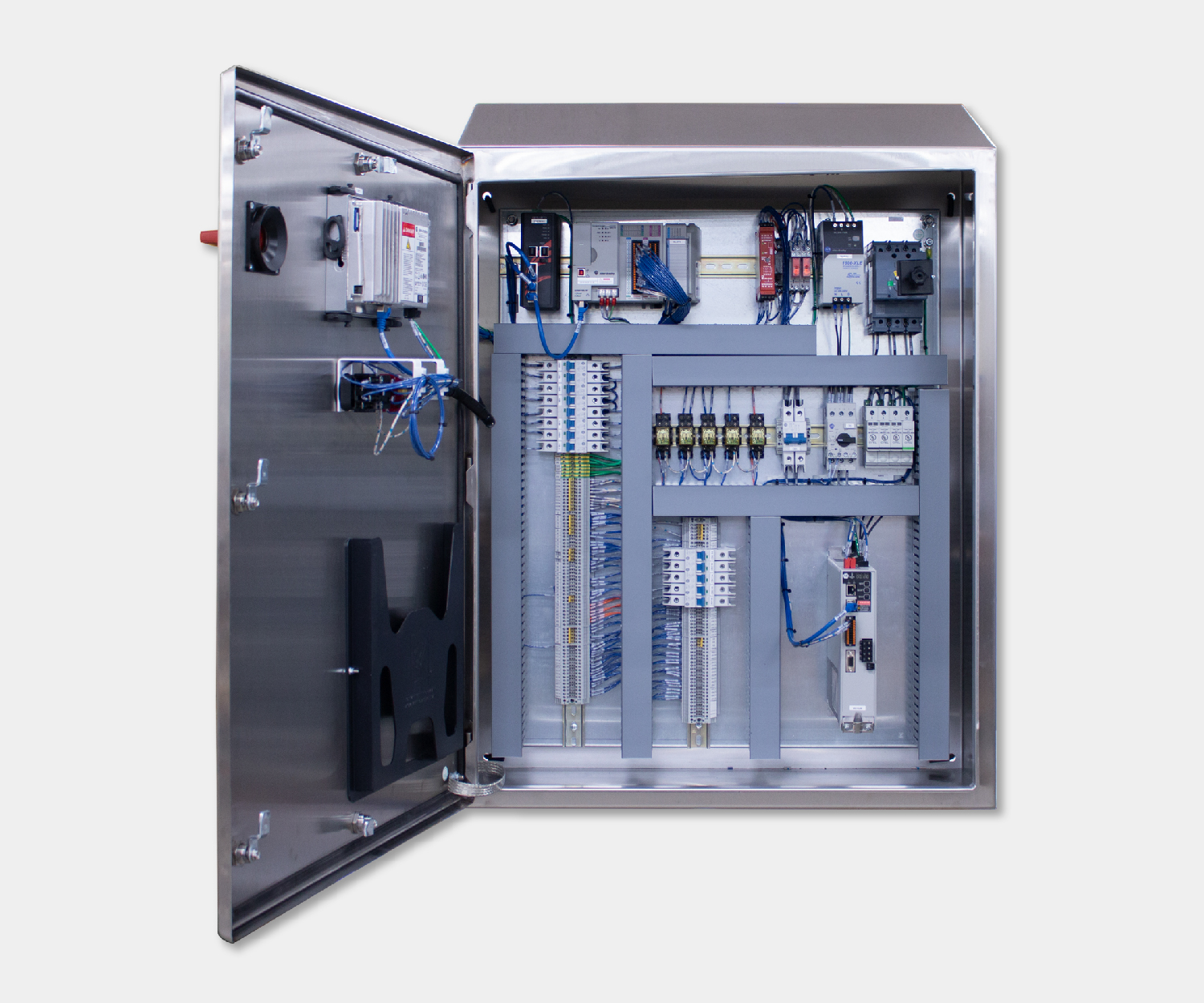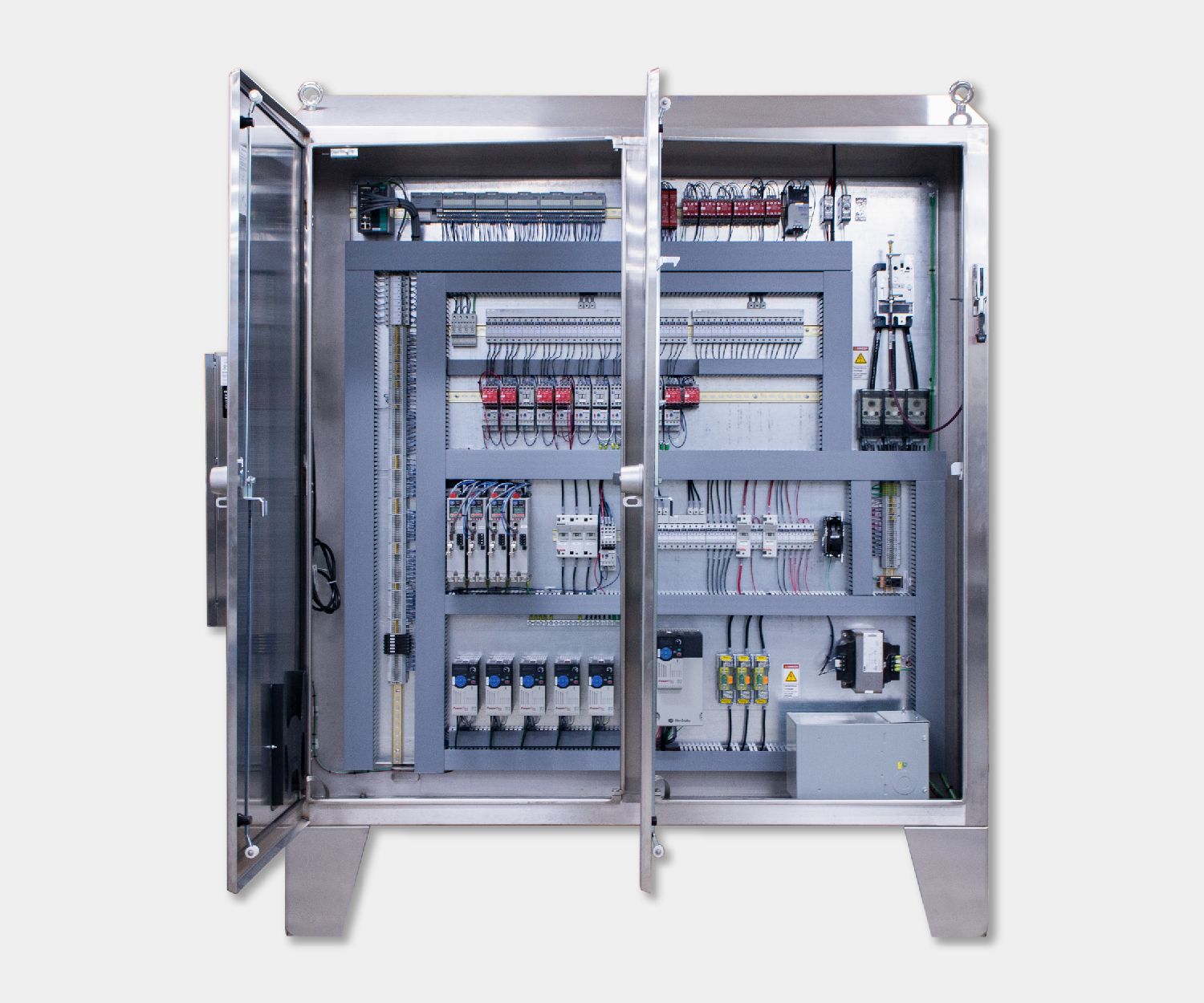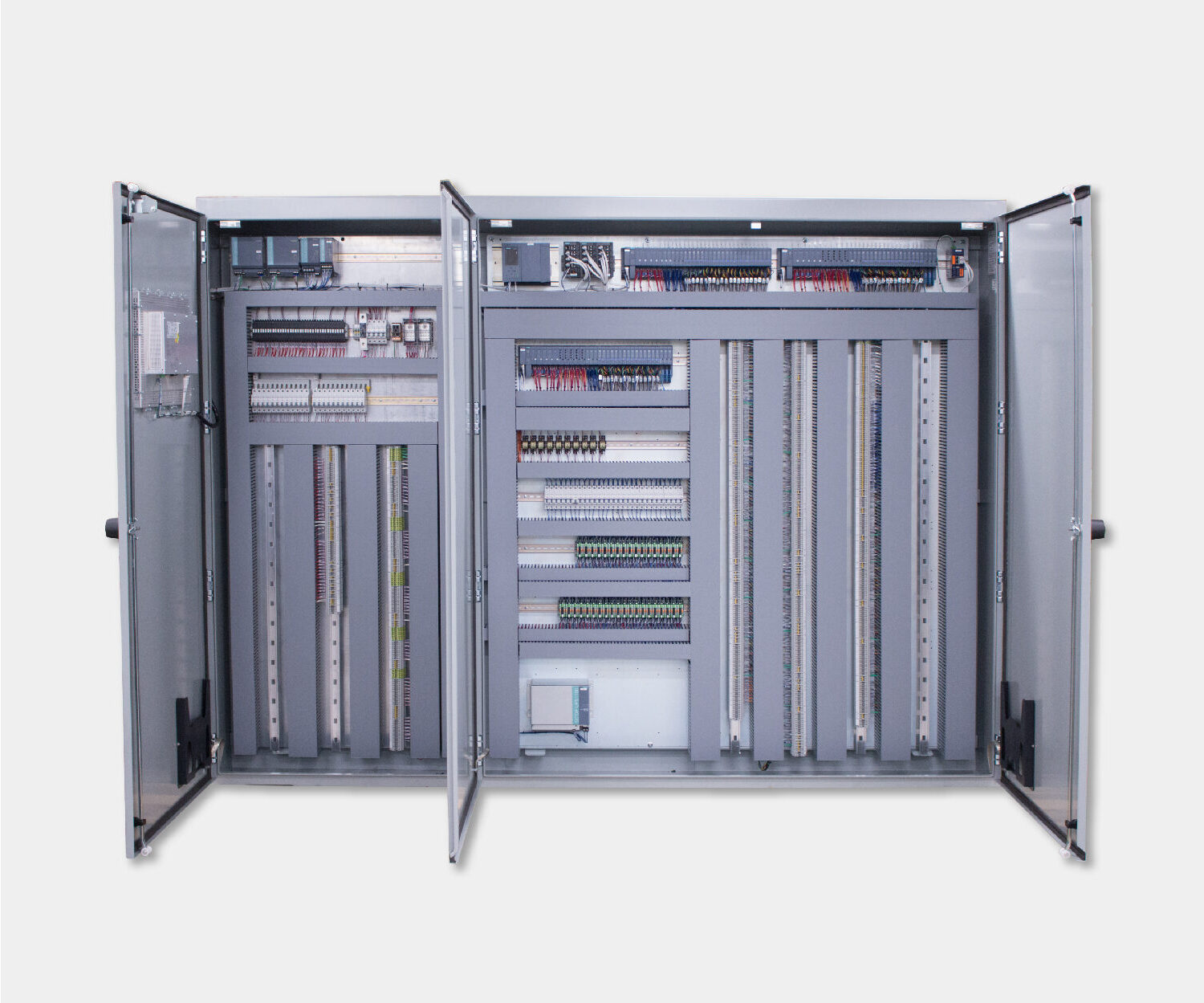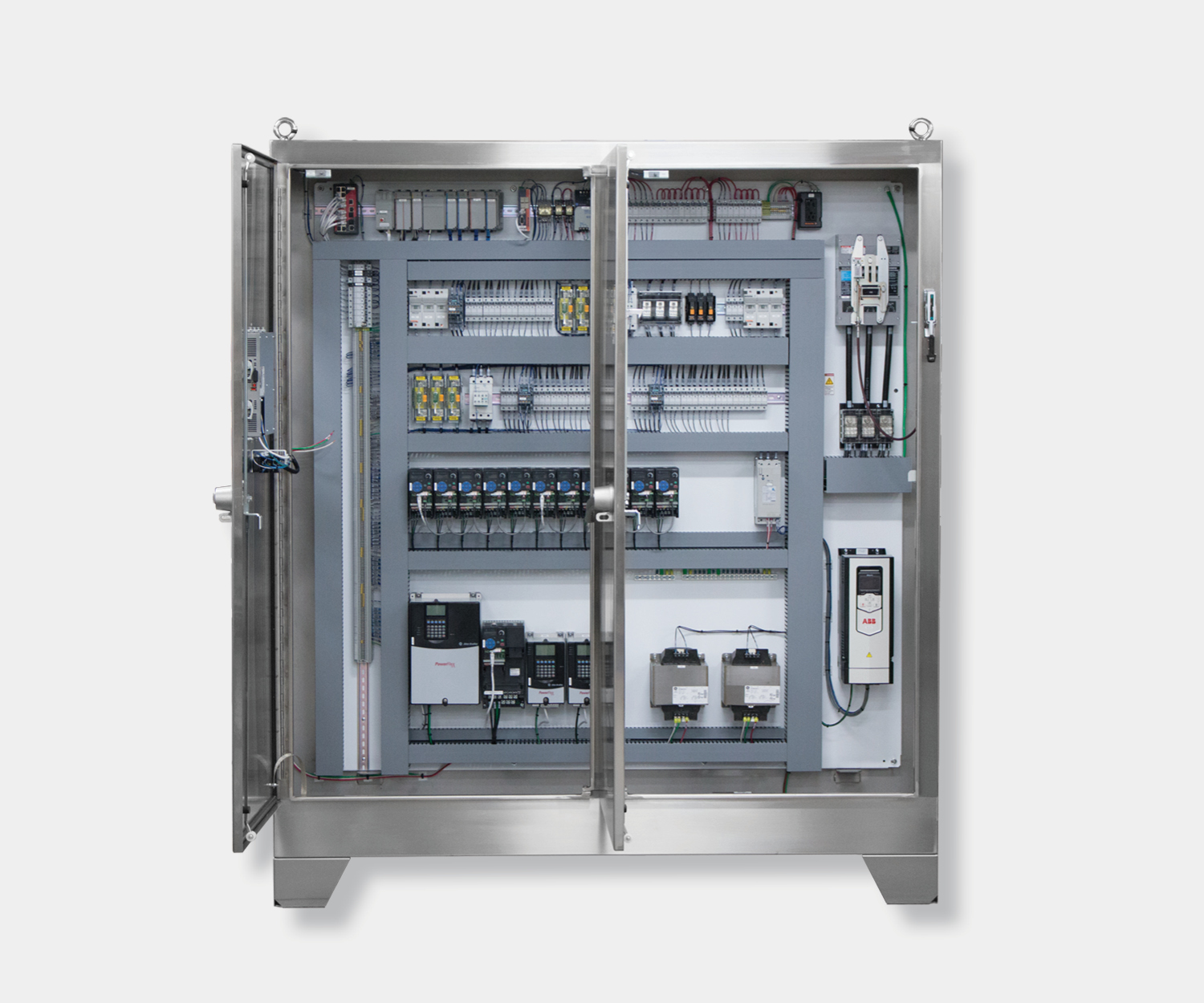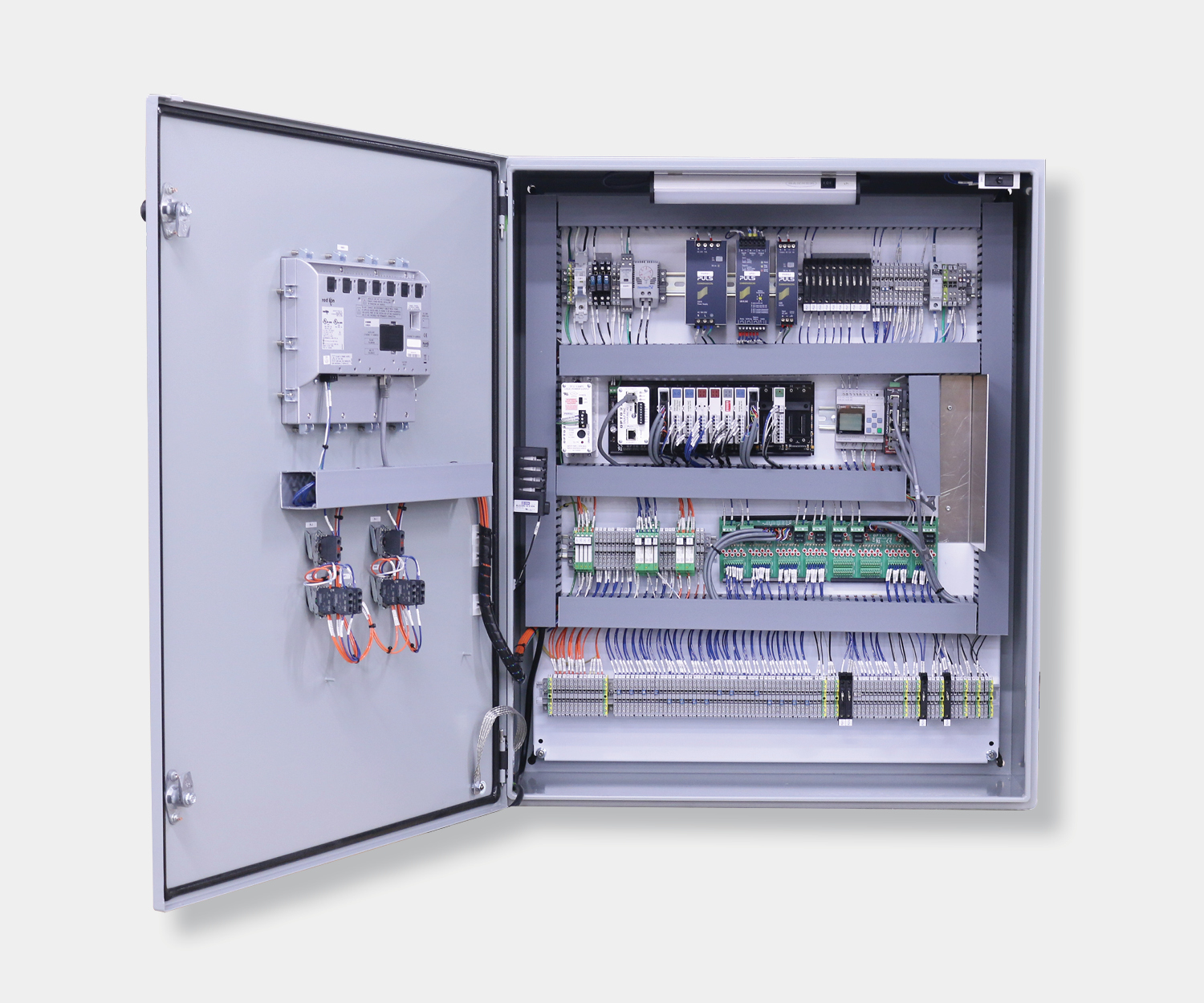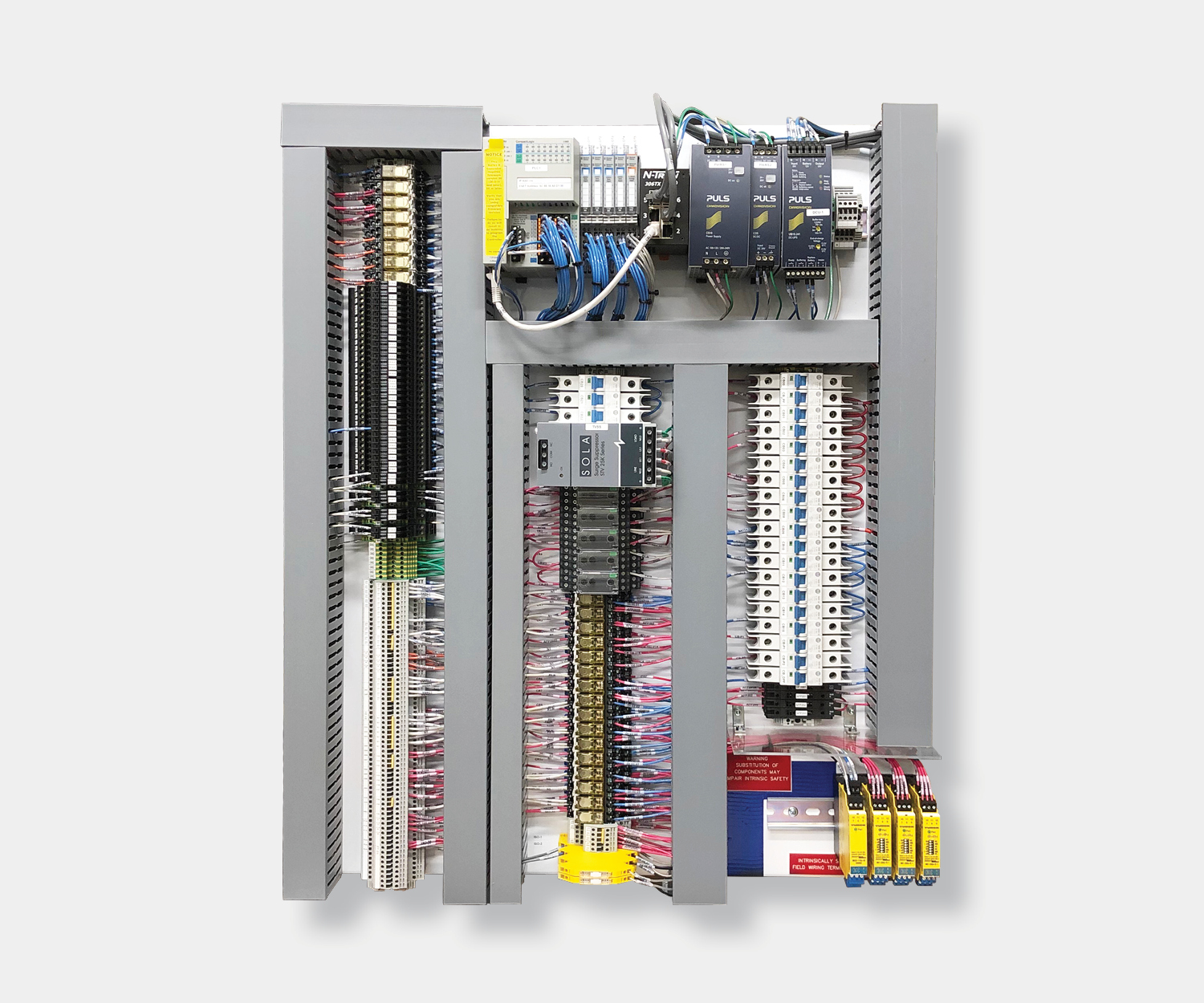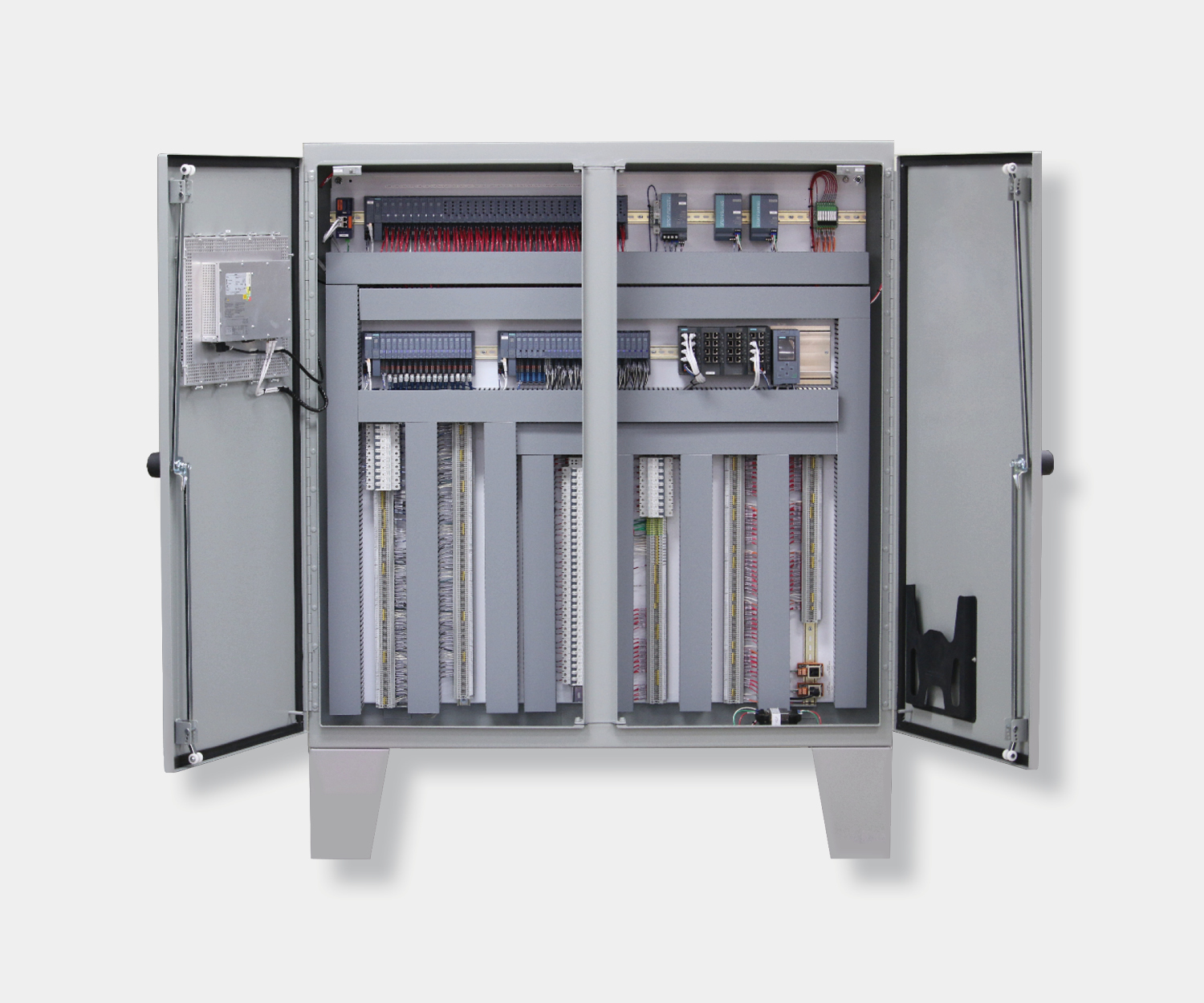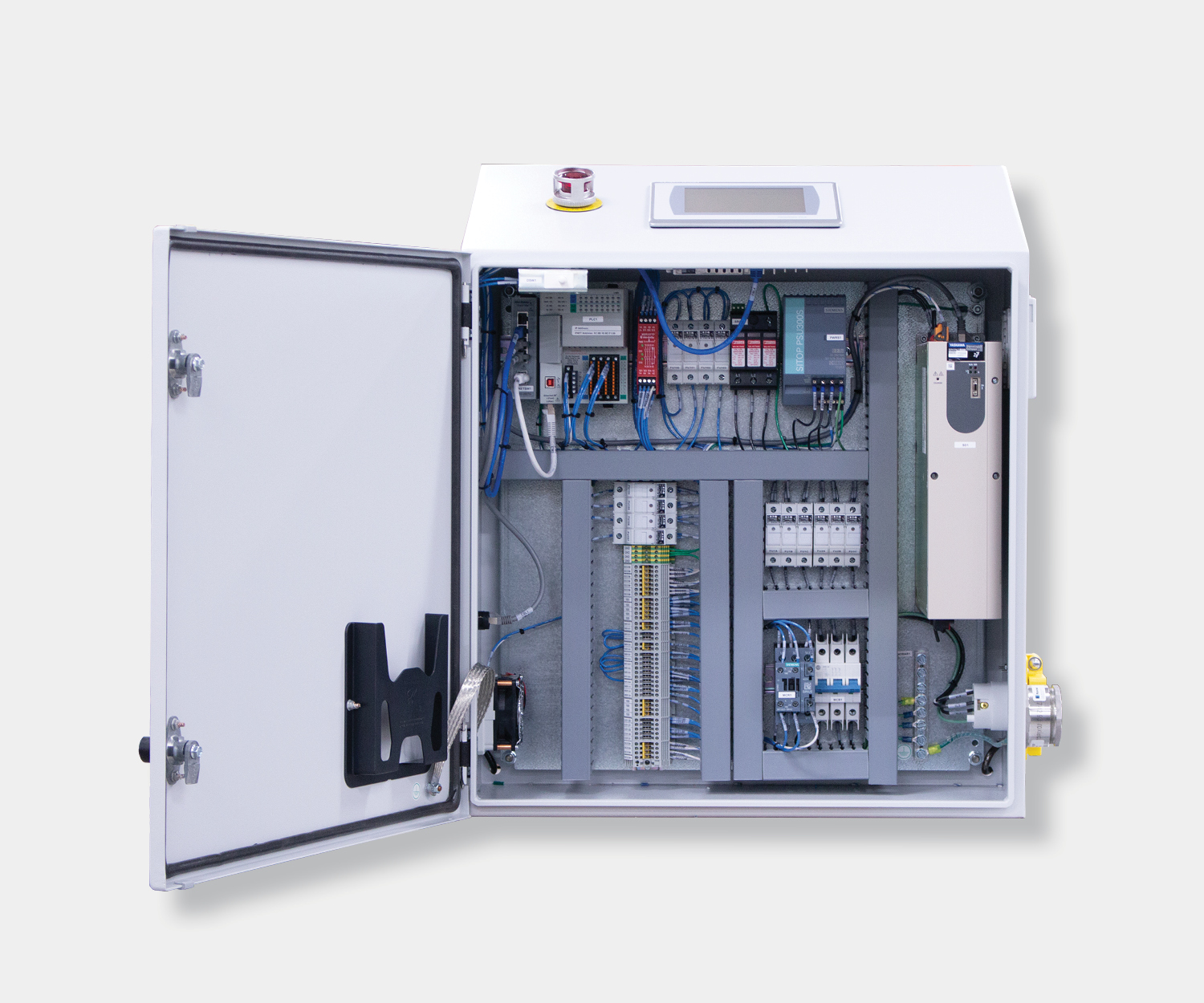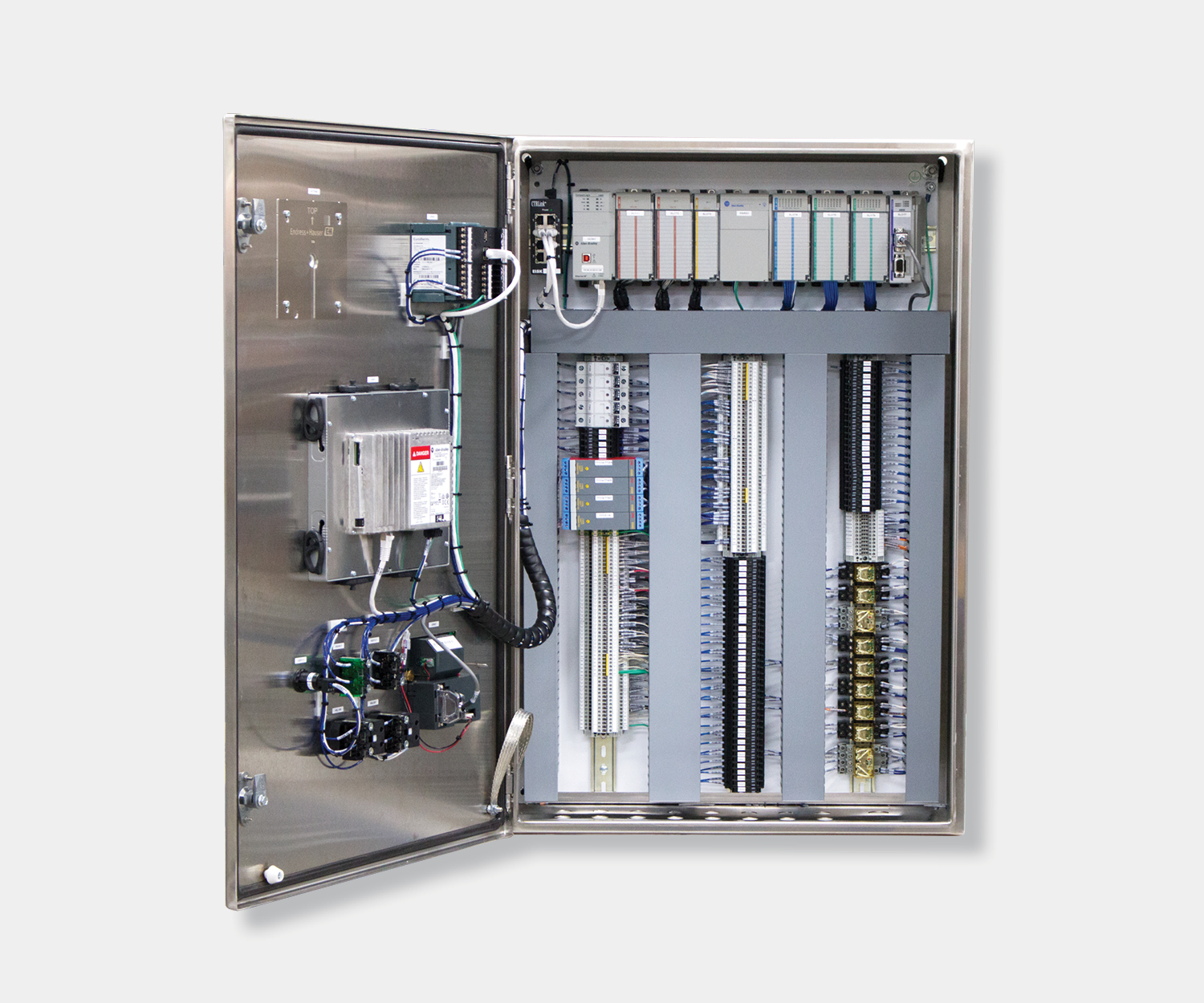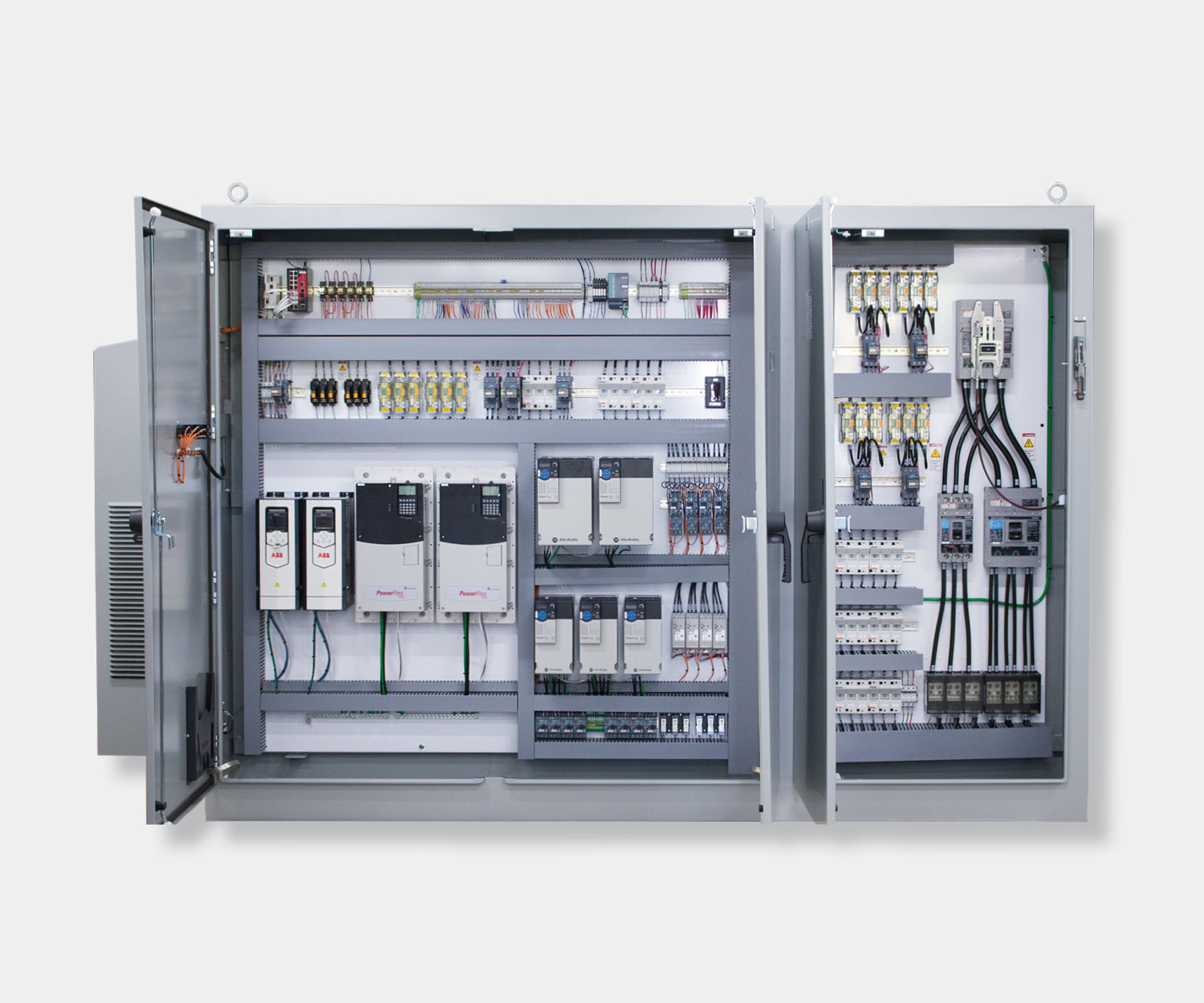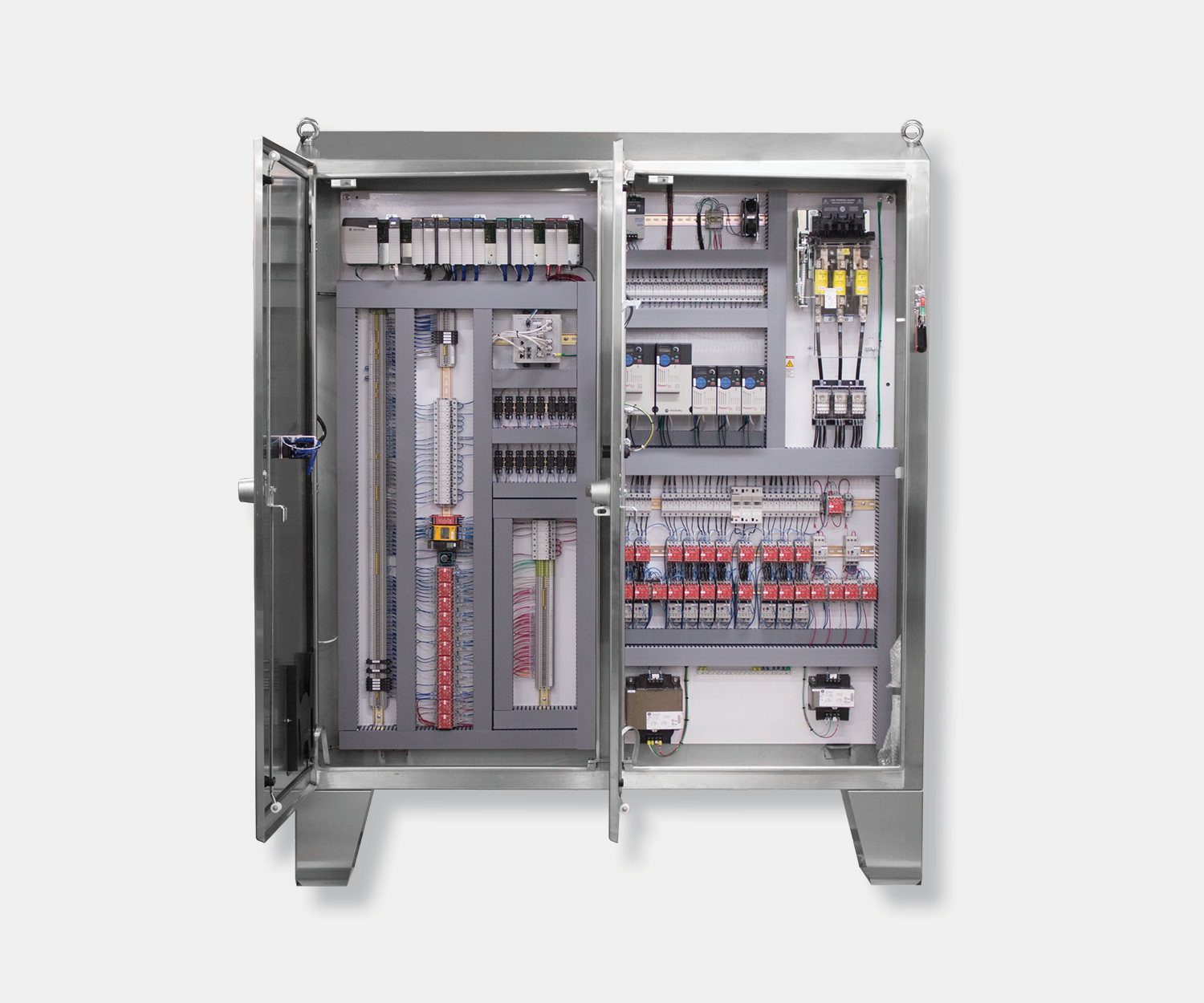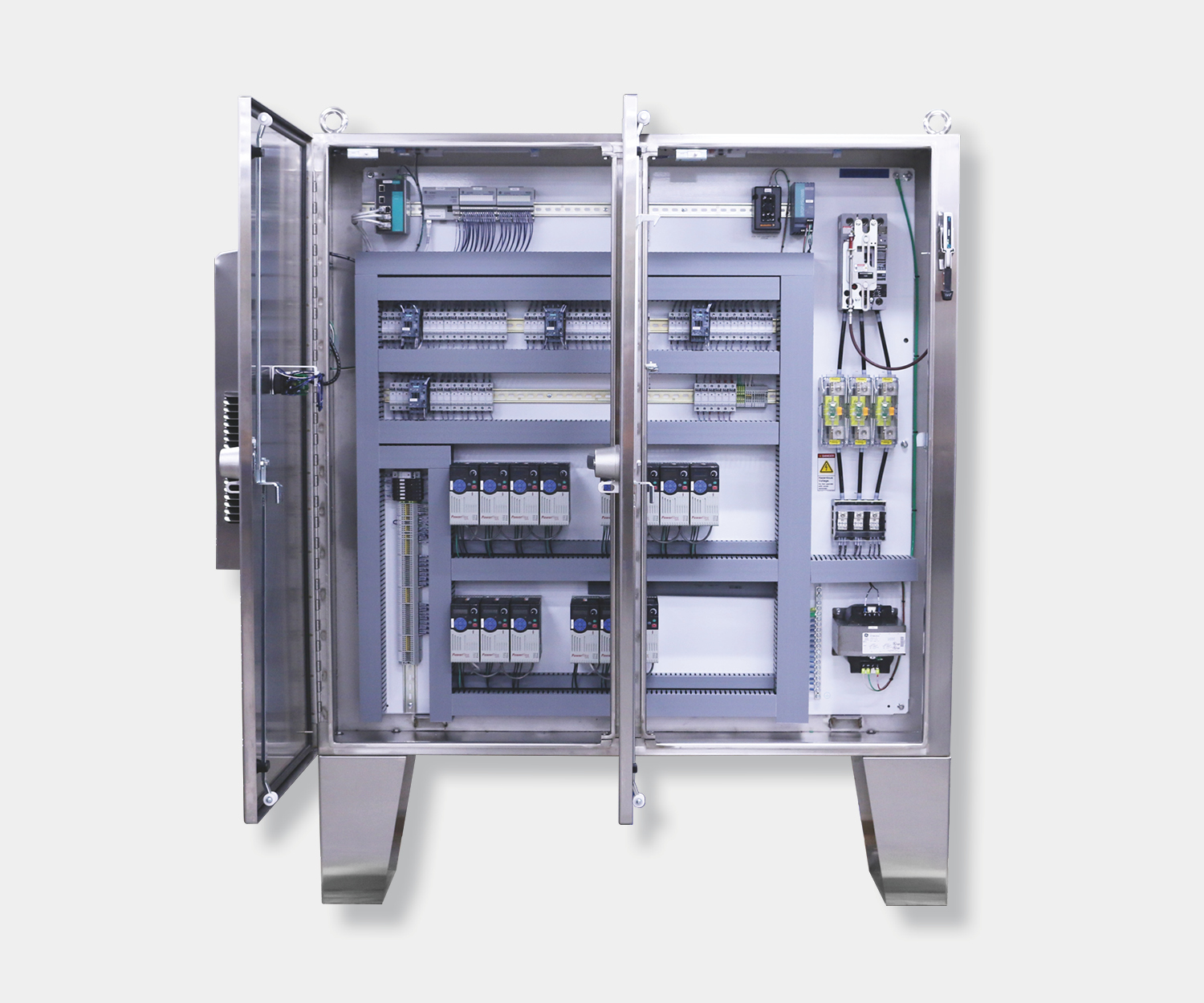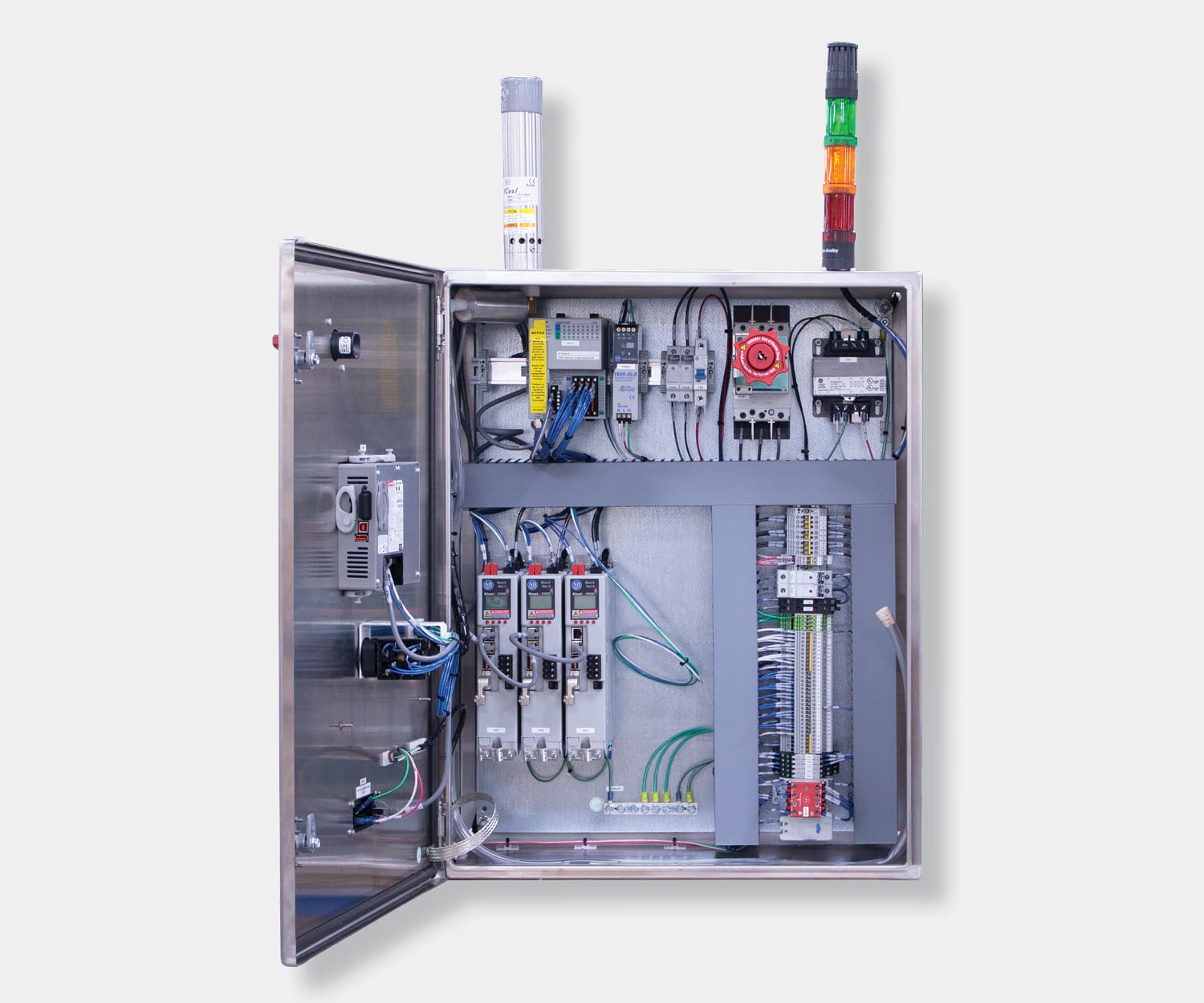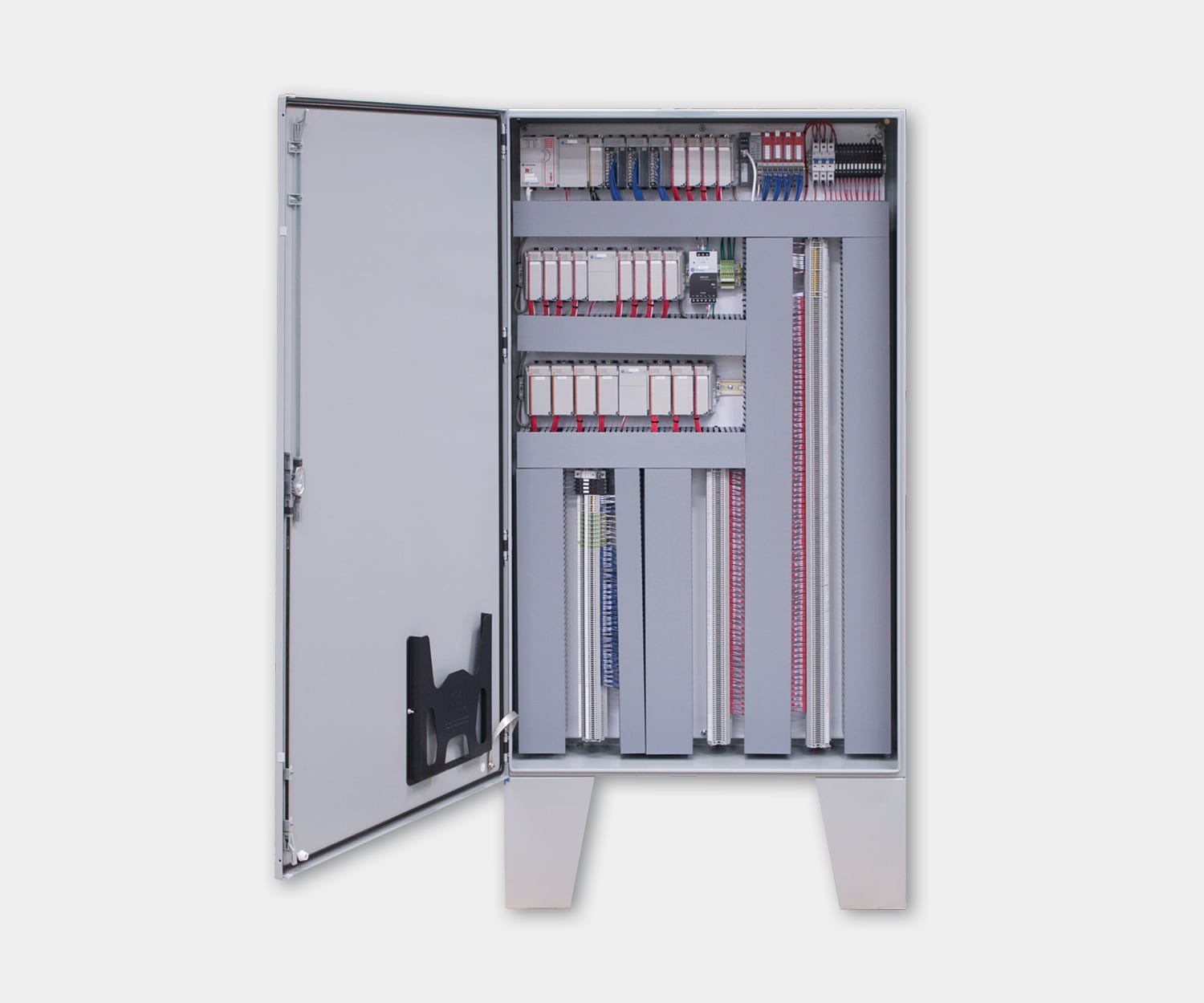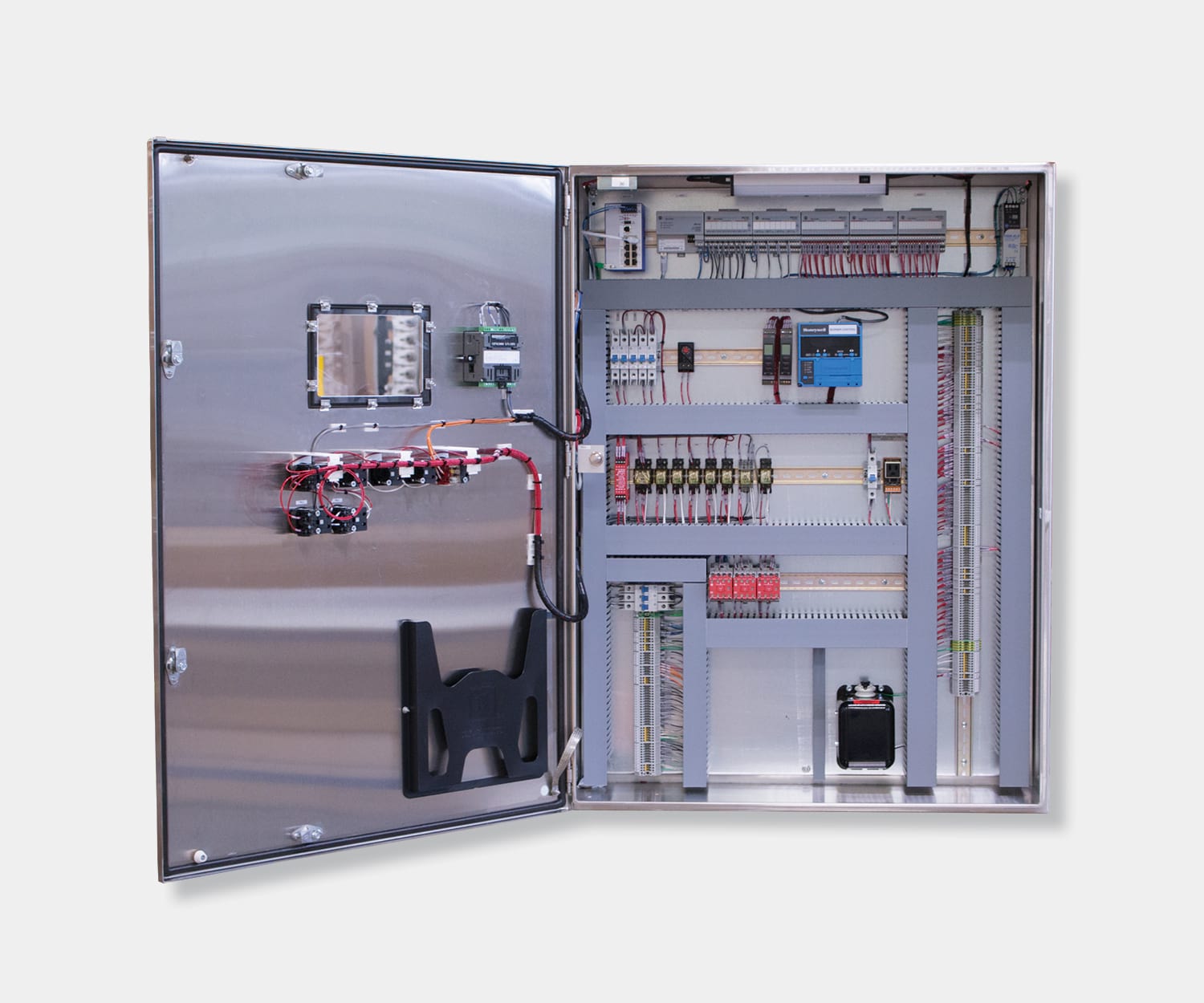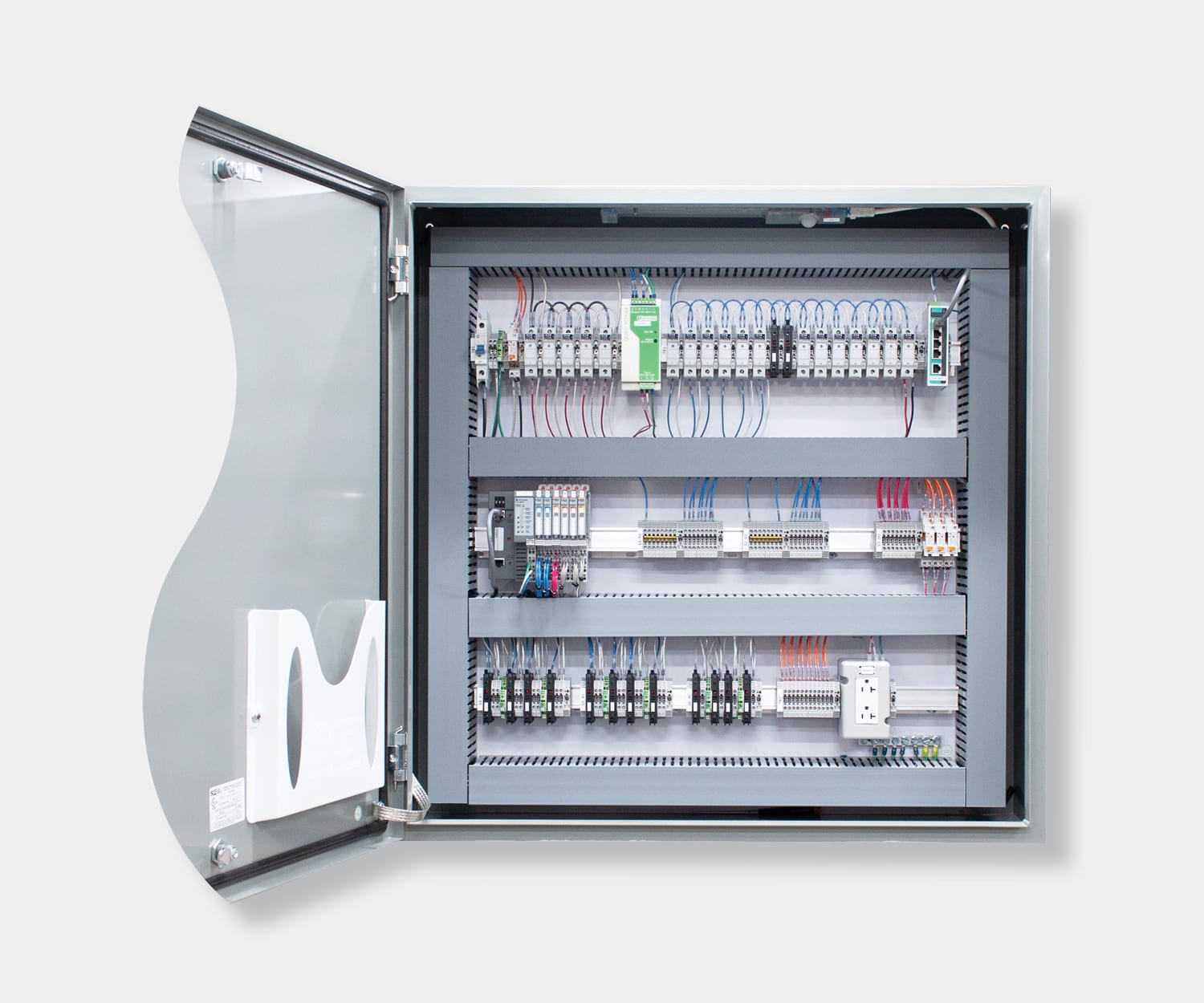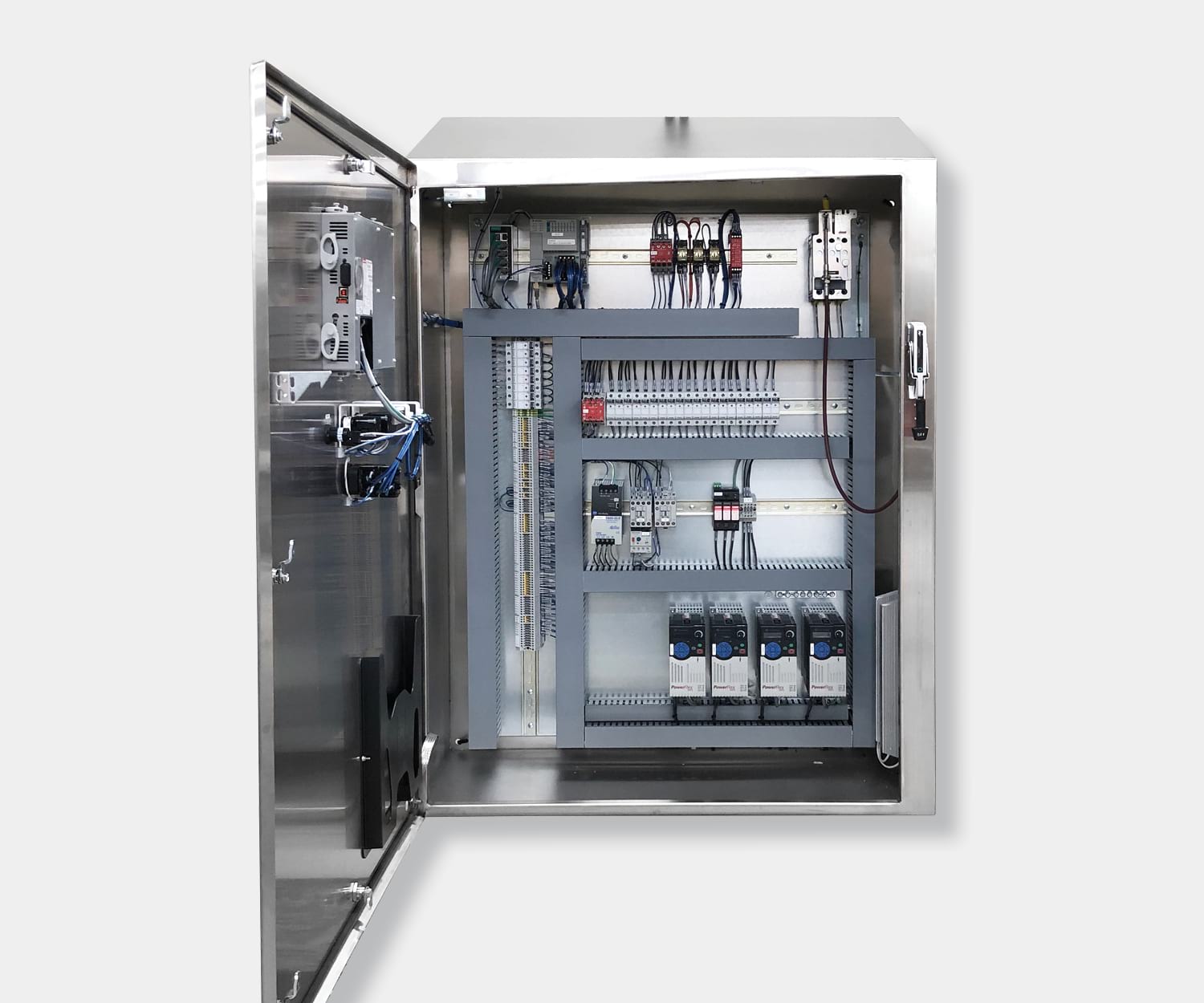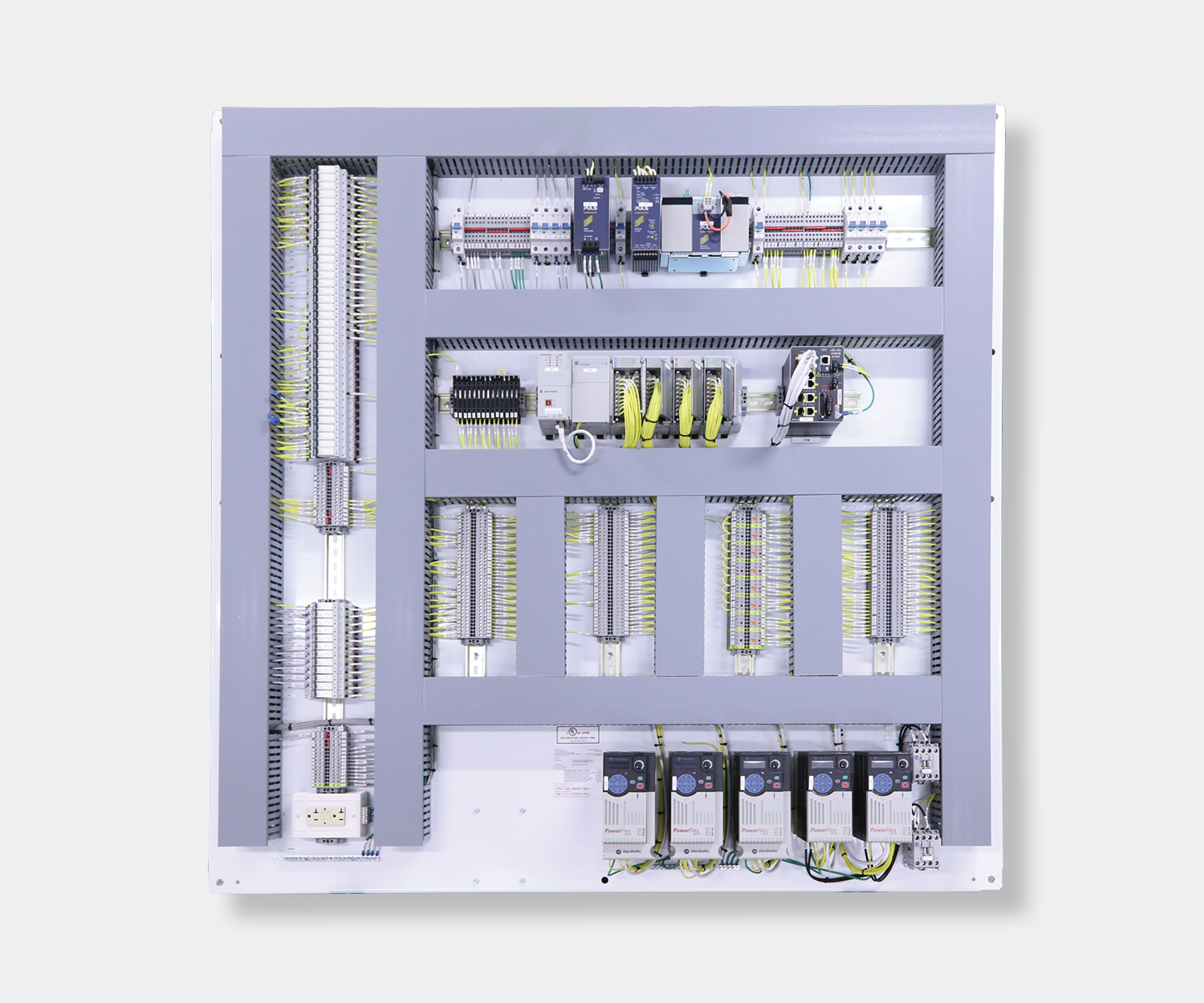Across industries and applications, Manufacturers use programmable logic controllers (PLCs) to monitor and automate their production processes. PLCs are ruggedly designed industrial computers that can withstand the conditions of an industrial environment. With more companies looking to automate their production processes, the rise of data-driven decision making, and evolving IIoT and machine learning applications, the role of PLCs in Manufacturing is becoming increasingly more prominent.
Process Control and Automation
The fundamental role of a PLC is to automate processes by sending programmed control functions to output devices based on signals received from connected input devices. An input device measures and transmits data from your system, such as a sensor, switch, thermometer, or relay. In contrast, output devices receive data or commands from the PLC to execute a specific function. For example, an input device may signal to the PLC that the pressure in a line is too high. The PLC would then automatically send a programmed command to the output device, which in this scenario is a valve, to open, effectively reducing the pressure.
Other actions controlled by a PLC can include turning on or off a motor to run a conveyor, raising or lowering temperature via a heat exchanger, or displaying an alarm or status on an HMI screen when abnormal system parameters occur.
Data Collection, SCADA and Machine Monitoring
As mentioned above, PLCs monitor and collect data from connected inputs and machinery. Because of this, software programs, such as SCADA and Machine Monitoring systems, can connect to PLCs to process collected machine data and display useful information, such as production reports, live-trends, alarm notifications, OEE metrics, cycle or batch status, and more.
With the information visualized, managers and operators can better analyze their production performance and make data-driven decisions to improve efficiency and output. Additionally, the ability to receive immediate alarm notifications allows operators to respond more quickly to diagnose and remedy problems, which can reduce downtime and costs.
IIoT and Industrial Machine Learning
IIoT applications and industrial machine learning algorithms are new and evolving technologies making their way into manufacturing facilities. Even with the emergence of these new technologies, PLCs will continue to play an essential role as a processor of real-time manufacturing data.
Industrial Machine learning algorithms work by improving themselves through experience. To gain the necessary experience, machine learning algorithms study production data collected by PLCs to find patterns, which enables the algorithms to make predictions and decisions without needing to be pre-programmed. The result is a system that can provide predictive maintenance and remaining useful life information to prevent downtime, propose responses to issues that may arise, and improve quality control with actionable production insights.
About Process Solutions
Located near Seattle, Washington, Process Solutions has over 30 years of experience providing high quality and reliable control systems. With over 100 engineers and technicians on staff and an output of over 3,000 industrial control panels per year, Process Solutions is the Northwest largest control systems integrator. In addition to custom control panel design, build and commissioning, Process Solutions’ control systems services include PLC and HMI programming, robot system integration, energy management and refrigeration systems, SCADA software design, and DAQuery machine monitoring software.
